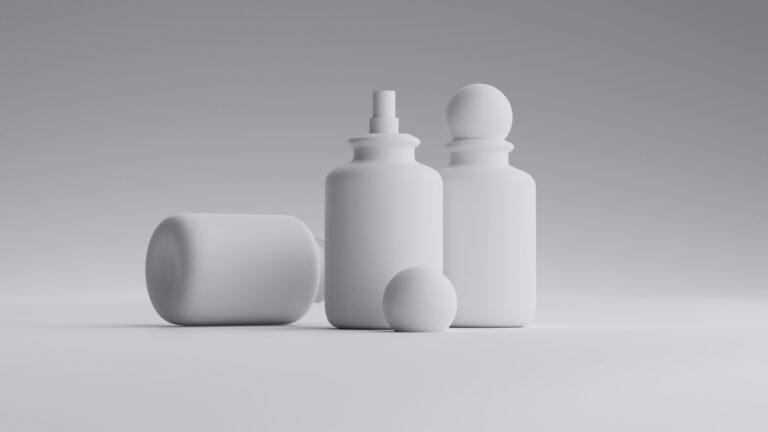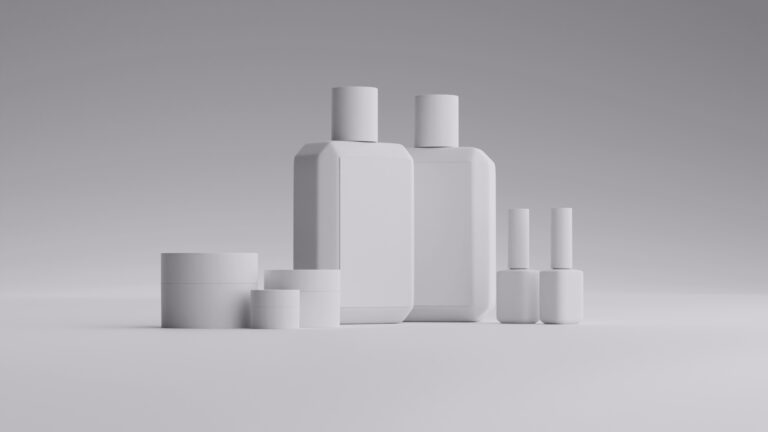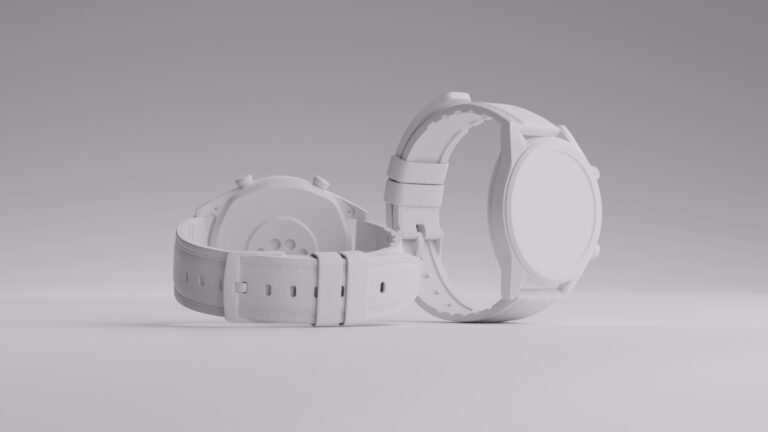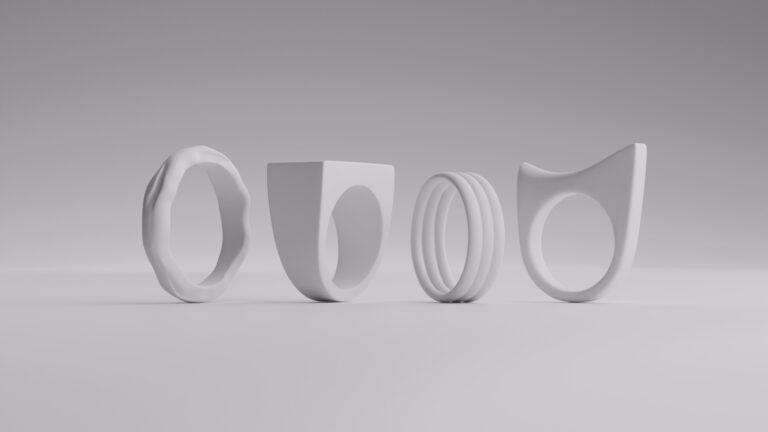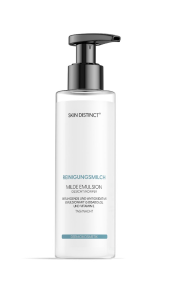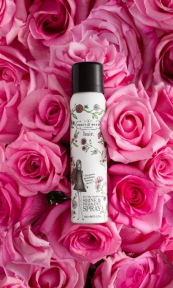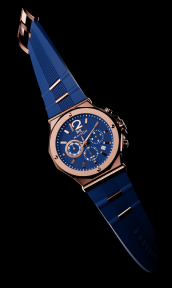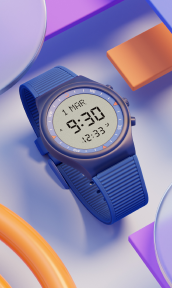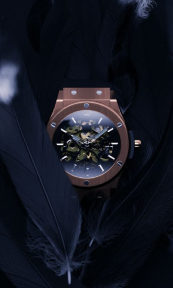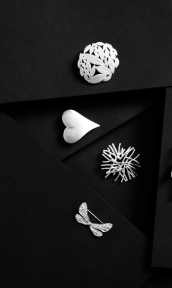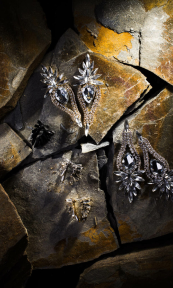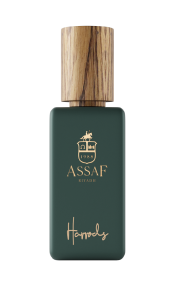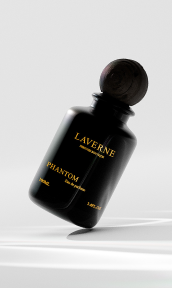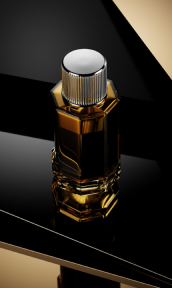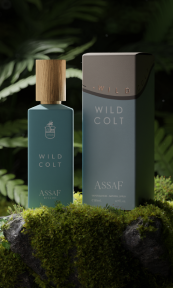Getting fishing product photography right is like landing that perfect catch – it takes both technical know-how and a creative eye. And let’s face it: in today’s online shopping world, great product photos can make or break a sale. Every piece of fishing equipment has its own story to tell, from the smooth mechanics of a high-end reel to those irresistible patterns on your favorite lures.
If you’re selling fishing gear, you already know that snapping a few quick pics just doesn’t cut it anymore. Your photos need to speak to fellow anglers in a way that makes them feel like they’re holding that rod or examining that lure right in their hands. When done right, professional product photography does more than just show what you’re selling – it helps turn curious shoppers into confident buyers who know exactly what they’re getting.
Capturing the essence: why quality matters in fishing gear photography

The fishing community is known for its attention to detail and appreciation for craftsmanship. High-quality product photography isn’t just a luxury – it’s an essential tool for building trust and credibility with your audience. When potential customers can clearly see the quality of your fishing gear, they’re more likely to make informed purchasing decisions.
Professional product photography helps showcase the true value of fishing equipment. Studies have shown that 93% of consumers consider visual appearance to be the key deciding factor in purchasing decisions. This is particularly relevant in the fishing industry, where products can range from affordable starter gear to high-end professional equipment.
Think about the bigger picture here – great photos do more than just help you make sales today. They help build a brand that clicks with everyone from weekend warriors to pro anglers. Just look at how the big players like Daiwa and Pure Fishing do it – they’ve earned their top-dog status partly because their product photos consistently show off just how well-made their gear is.
And the numbers don’t lie. Online sellers with pro-level photos are selling their products three times faster than those using smartphone snaps. For tackle shops, this means your inventory moves faster, and your customers are happier because they know exactly what they’re getting before it arrives at their door.
The fishing gear market is increasingly competitive, with new products launching regularly. Your photography needs to stand out while accurately representing your products. Expert product photography helps prevent returns by showing customers exactly what they’re buying, from the smooth operation of a reel’s bail arm to the precise coloration of a lure.
Photography that captures the essence of fishing gear does more than showcase products – it tells a story. By highlighting the features that matter most to anglers, like the guide quality on a rod or the gear ratio of a reel, you’re speaking directly to your target audience’s needs and interests.
Mastering the art: essential tips for photographing fishing gear

The key to outstanding fishing gear photography lies in understanding both the technical aspects of photography and the unique characteristics of fishing equipment. Creating images that resonate with anglers requires attention to detail and a methodical approach to showcasing each piece of gear.
Proper lighting setup is crucial for capturing the true essence of fishing equipment. Using a combination of soft boxes and LED panels helps reveal the subtle details in fishing gear while minimizing harsh shadows that can hide important features. Leading tackle manufacturers consistently use controlled lighting to highlight the premium materials and craftsmanship of their products.
The choice of background plays a vital role in professional fishing gear photography. Clean, simple backgrounds allow the products to stand out while maintaining a professional appearance. Many successful online tackle shops use white or gradient backgrounds to maintain consistency across their product catalogs, making it easier for customers to compare different items.
Equipment positioning and angle selection can make or break a product photo. Fishing reels should be photographed from multiple angles to show the gear ratio, line capacity, and drag system. Similarly, fishing rods need careful positioning to highlight their actions and guide quality. Professional photographers often use specialized props and stands to achieve optimal angles while ensuring stability during shoots.
Macro photography skills are essential when capturing the intricate details of fishing lures and terminal tackle. The ability to show the precise scale patterns on a crankbait or the quality of a hook point can significantly impact a customer’s purchasing decision. Industry leaders regularly employ focus stacking techniques to ensure every detail is crystal clear.
Post-processing is crucial in creating professional product images. Color accuracy is particularly important in fishing gear photography, as subtle variations in lure colors can significantly affect anglers. Professional editing should enhance the natural features of the products while maintaining authenticity.
Here’s a pro tip: keep your photo style consistent across all your products. Think of it as giving your brand its own unique “look.” When customers scroll through your catalog, they should feel like they’re getting the same high-quality experience whether they’re looking at a $10 lure or a $500 rod. Smart tackle retailers actually create their own photo playbook – same lighting, same camera settings, same editing style – so their products look like a matching set no matter where customers find them online.
Showcasing specific gear: techniques for different fishing equipment

Different types of fishing gear require specialized photography techniques to highlight their unique features and benefits. Understanding how to showcase each category of equipment helps create more compelling and informative product images.
Fishing reels demand particular attention to their mechanical features. The focus should be on capturing the smooth lines of the body, the precision of the bail system, and the quality of the finish. Leading manufacturers like Shimano and Penn consistently showcase their reels with multiple angles that highlight both aesthetic and functional features.
When photographing fishing rods, it’s essential to capture the blank quality, guide placement, and handle materials. Professional photographers often use specialized lighting techniques to showcase the rod’s action and backbone. The most successful rod manufacturers regularly include detail shots of guide wraps and reel seats to demonstrate craftsmanship.
Lure photography requires a deep understanding of color reproduction and detail capture. Successful tackle photographers use macro techniques to showcase scale patterns, holographic finishes, and hook quality. Top lure manufacturers frequently employ water tanks or simulate water drops to demonstrate how their products look in realistic conditions.
Terminal tackle and accessories need careful attention to scale and detail. Close-up shots of hook points, swivel quality, and leader materials help customers make informed decisions. Industry leaders often include size reference objects in their photos to give customers a clear sense of scale.
Tackle storage solutions require a different approach, focusing on organizational features and capacity. Professional product photographers typically show both empty and loaded configurations to demonstrate functionality. Successful tackle box manufacturers regularly include lifestyle shots showing their products in use alongside detailed photos of individual compartments.
The presentation of fishing lines and leader materials focuses on showing strength, diameter, and color accuracy. Leading fishing line manufacturers often include close-up shots of line texture and thickness comparisons to help customers understand the differences between products.
The power of CGI in fishing gear presentation

Let’s talk about the game-changer in fishing gear photography: CGI. It’s completely transforming how we show off fishing equipment online, giving us incredible control over how products look while saving both time and money compared to traditional photo shoots.
With CGI, you can create a perfect, consistent look across your entire product line. Once you’ve got your digital setup just right, you can apply those same perfect lighting conditions and angles to hundreds of products. No wonder major tackle brands are reporting 40% cost savings after making the switch to CGI catalogs!
But here’s where it gets really exciting: CGI lets you do things that would be impossible with regular photography. Want to show how your lure moves underwater? Need to give customers a peek inside your reel’s gearing system? Or maybe create an epic fishing scene with your gear in action? CGI makes it all possible, and it looks incredibly realistic. The big manufacturers are jumping on this trend, using CGI to create those dream fishing scenarios that would be a nightmare to photograph in real life.
Think about this: you’ve got a new lure that comes in 20 different color patterns. With CGI, you don’t need to photograph each one – just create one perfect digital model and adjust the colors with a few clicks. Some companies are getting their product images done 60% faster this way.
Weather giving you headaches during photo shoots? Not with CGI. Want perfect lighting on a crystal-clear day? Done. Need to show how your gear looks in stormy conditions? No problem. You’re in complete control of every environmental factor, ensuring your products always look their absolute best.
CGI opens up possibilities for 360-degree views and interactive product exploration. Online sellers using these features are seeing customers spend more time looking at their products and buying more often.
Plus, there’s a huge advantage for product development: you can show customers exactly how new products will look before they even hit production. Want feedback on that new rod design? Create a CGI version and let anglers weigh in. Some manufacturers have shaved months off their development time using this approach.
Wrapping up
The fishing gear photography game has come a long way from simple product shots to mind-blowing CGI renders. This shift shows just how committed the industry is to giving anglers the best possible shopping experience. Traditional photography still has its place – there’s nothing quite like a perfectly lit shot of a premium reel – but CGI is opening doors we never even knew existed. Want to show how a lure moves underwater? CGI has got you covered. Need to display 50 color variations of your new rod series? CGI makes it a breeze.
The bar for product presentation keeps getting higher, and that’s great news for anglers. Whether you’re sticking with tried-and-true photography methods or diving into the world of digital rendering, what matters is creating images that really speak to your audience. By mixing traditional expertise with cutting-edge digital techniques, you can build that crucial bridge between your products and your customers. Remember, at the end of the day, it’s all about helping fellow anglers find the perfect gear for their next fishing adventure.
FAQ
What camera equipment is best for fishing gear photography?
A DSLR or mirrorless camera with macro capabilities is ideal. Popular choices include the Canon EOS R5 or Sony A7R IV, paired with macro lenses for detailed shots and standard zoom lenses for overall product views.
How important is lighting in fishing gear photography?
Lighting is crucial. Professional setups typically include at least two softboxes for even illumination and a backlight to highlight product edges. LED panels are becoming increasingly popular for their consistency and control.
Should I use a lightbox for small fishing gear items?
Yes, lightboxes are excellent for photographing smaller items like lures, hooks, and terminal tackle. They provide consistent lighting and eliminate unwanted shadows, making them perfect for e-commerce photography.
What’s the most cost-effective way to get started with fishing gear photography?
Start with a good quality camera, a simple lightbox, and basic editing software. Many successful tackle shops began with this setup before upgrading to more professional equipment as their business grew.
How can I ensure color accuracy in my fishing gear photos?
Use a color calibration card in your setup, shoot in RAW format, and ensure your monitor is properly calibrated. Consistent lighting and proper white balance settings are also essential for accurate color reproduction.




